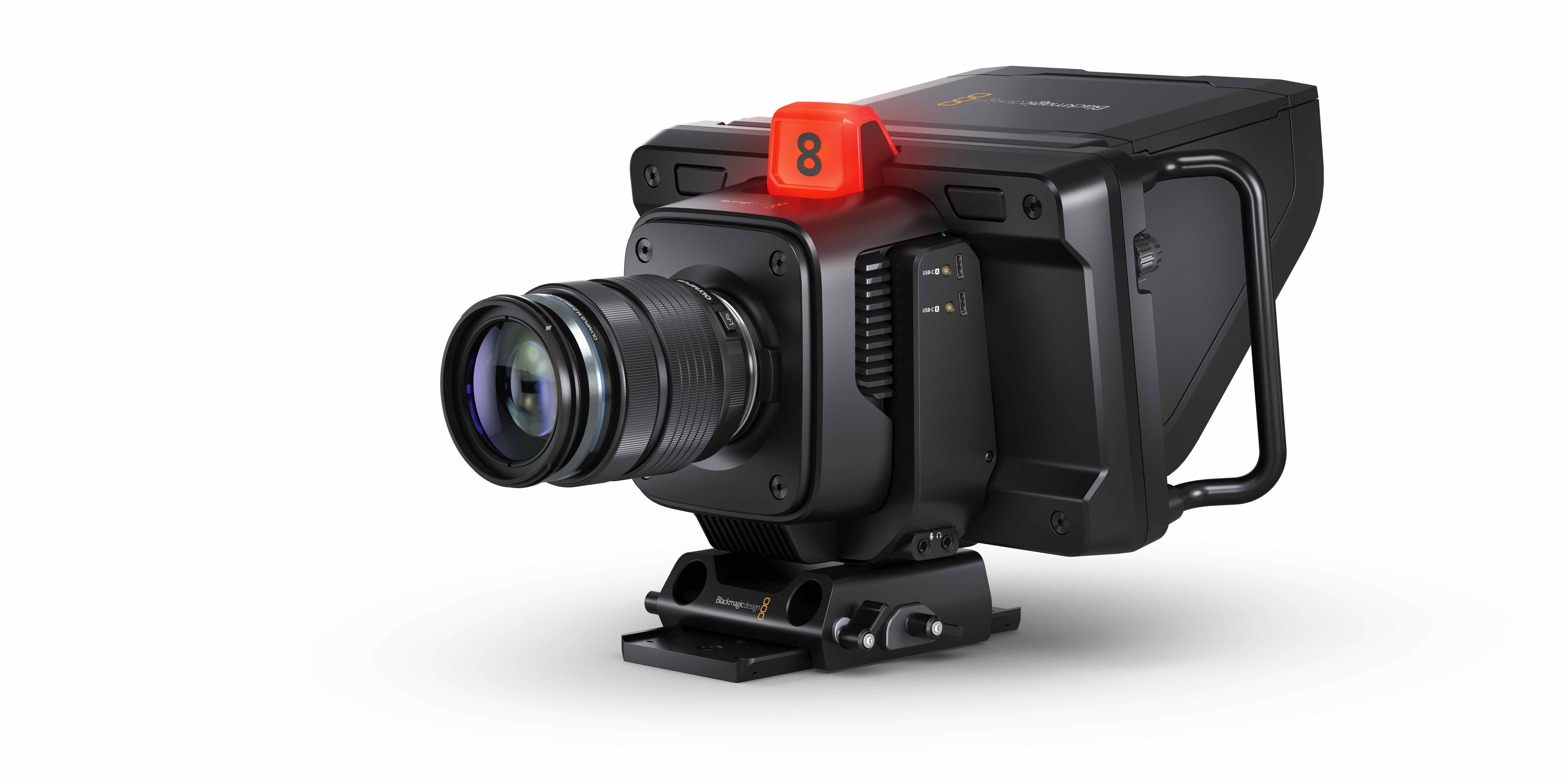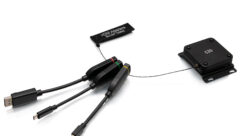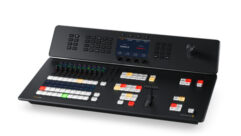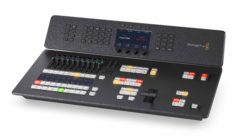
News Flash
Dec 2, 2010 10:30 AM,
By Don Kreski
How to write an effective press release.

There are no hard and fast rules for formatting press releases, but be sure to include the sending date, a headline, a few paragraphs of copy, and contact information.
If you want to get more ink for your company, it’s important to master the press release, the most widely used tool in the publicist’s kit.
First, understand that, like a hammer, the press release is not your only tool or even your best tool in every situation, but it can be effective. You will want to send a press release if you have a new product, a new service, an upcoming event, or if you have received an award or have completed a survey with interesting results. Some publications like to run announcements of new hires or significant promotions, and a press release is a good way to communicate this information. If you are publically traded, the business press will be interested in releases about your financial performance. Many editors will pick up case histories and feature stories from press releases, although you may do better offering these articles to individual publications on an exclusive basis.
Related Links

Which is more believable: something you read in a magazine article or something in an ad?…

If you want to write in a way that makes your business more successful, you may have to forget what your high school English teacher taught you…

“It’s important that we find ways to communicate the quality of the work we do—not just with our usual marketing brochures, but with something more interactively appealing.” That’s what Candace Clarke, communications editor for AVI-SPL…
Do not expect your release to be printed word for word. You certainly want to write it so that it can be picked up intact, but an editor may change it if he or she wishes or use it as a jumping off place for an entirely different story. That’s a plus and a minus of dealing with the press. The publication retains control of what it prints. But that’s one reason why the public is more likely to believe what they read in a news story than in an ad or brochure.
Much has been written about the best way to format a press release. There are no hard and fast rules, but it’s crucial to include the sending date, a headline, a few paragraphs of copy, and contact information. The top of the release usually includes the line “For immediate release” or “For release on (date).” It’s traditional to conclude with three hash marks, “###,” but it’s a tradition that’s often not followed.
What’s really important is how you write your headline and copy.
News Flash
Dec 2, 2010 10:30 AM,
By Don Kreski
How to write an effective press release.
Writing tips
Remember that a good release must offer the writer or editor something of value.
It’s hard to find fresh content for every issue of any publication, so magazines and newspapers are looking for good ideas and interesting material. The best stories educate and entertain; they present useful information in a creative, enjoyable way.
As you write your release:
- Keep the message simple, and write clearly and concisely.
- Look at publications in your target market and try to write in a style that’s similar to what they would use.
- Realize that you are imitating the style of a news story, not an ad or a brochure.
- Stick to the facts. Be honest. Do not fabricate information. Check everything that you write.
- It’s OK to include opinions, but if you do, find an appropriate person to quote and state the opinion as his or hers. Even still, most editors will react poorly to obvious hype. If you find yourself using words and phrases such as “breakthrough,” “state-of-the-art,” or “world-class,” you may be overdoing it.
- Your headline should be short, descriptive, and, ideally, eye-catching.
- A subhead can help explain your topic at a glance.
- Some publicists like to include a summary just below the subhead: one or two sentences intended for those who like to skim through releases. If you do this, be sure to identify it as a “summary” or otherwise set it off.
- Begin your release with a dateline including the city of issue, state, and date.
- Try to present your most interesting and important idea first and in an engaging way. A good lead is difficult to write. Expect to spend more time writing this first sentence than anything else in your release.
- Structure your message in descending order, with the crucial points first and supporting material later.
- Consciously include the five W’s of journalism: who, what, when, where, and why (and if applicable, how).
- You’ll want to include all five as early as possible: in your headline, lead, or certainly in your first paragraph.
- Assume your reader is intelligent but perhaps unfamiliar with industry terms. Briefly describe or clarify any technical information you include.
- Try to keep the release to one page, usually at least 300 but no more than 800 words. When you have more information, break it up into separate pieces: the story itself, a background sheet about the company, full specifications on a new product, and so on.
- Write a brief statement about your company for the end of the release. Include any special credentials your company may have in the market area you are writing about.
- I like to put contact information at the top of the release, but many publicists put it at the bottom, and some in both places. Include the name of the best person to contact, the company name, phone number, and website. If you include an email address, don’t use your main email, as it may end up in online publications and be picked up by spammers.
News Flash
Dec 2, 2010 10:30 AM,
By Don Kreski
How to write an effective press release.
Incoming links
Because most newspapers and trade magazines have online editions, press releases can be helpful in securing incoming links that will boost your search engine rankings. For that reason, review the keywords from your SEO program and pick out one to three to focus on in each release.
Include one or two of these keywords in your headline, lead, and body. Be sure to include a link back to your website somewhere in your release. If you have created a page specific to the topic you are writing about, include that instead or as well as your homepage. Use anchor text, a keyword, or key phrase in each link to your website. “To learn more about XYZ, visit xyz.company.com.”
Sending the release
I suggest taking a two-part approach in assembling your press distribution list.
First, put together a list of the most important publications you are targeting. Visit their websites for the names and email addresses of editors and writers who may be interested in your topic. Include those with whom you have already had personal contact. This will be a short but valuable list. Do not send every release to every name on this list, only those appropriate to each. If possible, follow up with a phone call.
In addition, send your release through an online press service such as PR Web or PR Newswire. These sites offer news information to thousands of mainstream media, trade journals, online publications, portal pages, and blogs via RSS feeds. Only a small number of these publications may be interested in your topic, but for a $200 or $300 investment, you can expect a dozen or more online placements and perhaps a few in print.
It’s likely your release will spark the interest of a writer or editor who will contact you with questions or ask for an interview. Be prepared for this and respond immediately. Journalists work on tight deadlines. You don’t want to waste the effort it took to create the press release or discourage that writer from contacting you in the future.
You may want to hire a clipping service, such as BurrellesLuce, to keep track of your placements. You can also purchase printed media directories or subscribe to an online media database through Cision.com (formerly Bacon’s).
A great way to start is simply to look at other releases. Crestron.com has a nice press section. You may also want to visit prnewswire.com to browse the releases.
Not every press release will produce great results, but if you put in some effort, come up with some fresh story ideas, and send your releases on a regular basis, you will start to develop a media presence that will boost your marketing efforts.
Don Kreski is the president of Kreski Marketing Consultants, which offers marketing services to the AV industry. You can reach him at www.kreski.com/contact.html.










